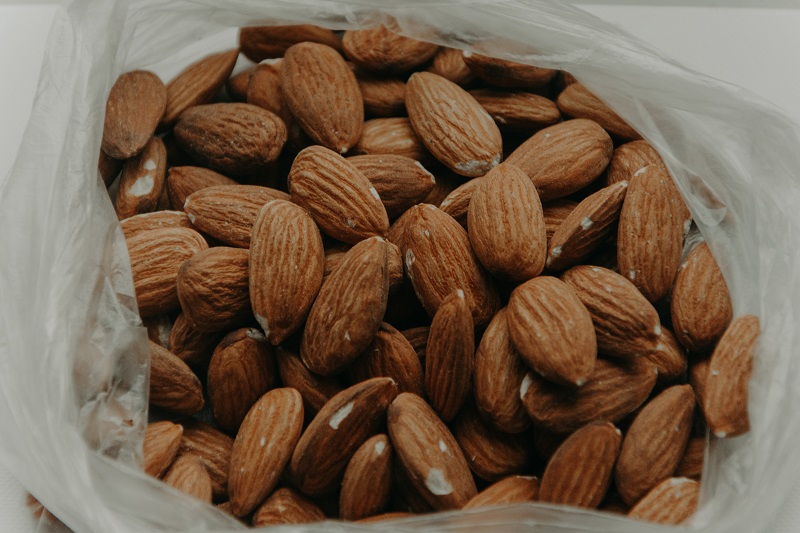What Makes A Flavorful Fruit?

Elizabeth Mitcham
These days, U.S. consumers are increasingly demanding good-tasting fruit and the industry is responding. However, there remains room for improvement in the ability to consistently deliver good-tasting fruit to consumers.
Of course, there are many challenges along the road to good flavor and quality, including weather, labor availability, rough handling, and transportation issues. Selecting a variety that can deliver good flavor is the first decision that influences success. There are large differences among varieties of fruit in their potential to develop good flavor, even under optimal conditions.
A great example is pineapple. The newer gold-fleshed pineapples (such as Del Monte Gold and Hawaiian Gold) can develop 25% more soluble solids content — sometimes referred to as Brix — than the old standard variety Champaka. Fruit maturity or ripeness at the time of harvest also strongly influences flavor quality by affecting sugar content and the quantity of flavor volatiles produced.
The Components Of Taste
Taste and aroma are the key components of fruit flavor. Taste is perceived in the mouth by taste buds on the tongue. Taste components include sweet, salty, bitter, sour, and umami (savory). In fruit, sweet and sour are the key taste components, both influenced by the quantity of sugars and acids. Aroma is the sensation perceived when volatile compounds are drawn into the nose. Humans have learned likes and dislikes of certain aromas (a.k.a. odors). Volatiles are small molecules produced by plants which evaporate easily. Common fruit volatiles include esters, alcohols, and aldehydes. A single fruit can have hundreds of volatile compounds and these are the components that make one type of fruit (like an apple) taste differently from another, like a cherry).
Taste components are relatively easily measured. Sugars can be easily estimated with a refractometer and acidity (usually measured as titratable acidity) can be measured with an electrochemical device or by titration with a basic solution. Volatile compounds are much more difficult to measure, requiring a gas chromatograph (GC), skilled labor and a significant amount of time. More rapid GC methods, such as the Z-nose, are under investigation.
Sensory evaluation is a powerful tool to assess fruit flavor, and can be used to quantify characteristics or measure differences in flavor among varieties, or to assess consumer reaction to a particular variety or growing practice. A descriptive analysis uses a group of trained panelists who have been oriented to evaluate the characteristics of a particular fruit. These experts can then be used as a powerful “instrument” to assess various aspects of fruit flavor, including flavor aspects that would be difficult to assess by chemical analysis.
With a descriptive panel, a small group of 10 to 15 trained individuals assess the products in a very controlled environment. Discriminative tests can also be conducted to determine differences among products. These tests can be structured in different ways and can use trained or untrained panels. A test can be as simple as presenting two samples and asking if they are different. A triangle test can also be used where three samples are presented; two of the samples are the same and one is different. The panelists are asked to determine which sample is different. Their ability to really detect a difference is determined statistically by their accuracy in detecting the different sample.
Use Consumers To Help You Choose New Varieties
Consumer panels are used to gauge the response of segments of consumers to a product or group of products. You can determine if one product is preferred over another or assess the general acceptance of a new variety. For the consumer panel, large numbers (greater than 100) of individuals participate in a more casual setting. The numbers of questions asked of consumers is limited and generally oriented to acceptance or preference. The test is designed to elicit their first impressions of the product.
Understanding the factors that influence changes in the flavor quality of your products is important. The first step is to assess the flavor quality. Estimating the sugar content with a refractometer and titratable acidity provide the basic components. To assess the overall flavor, sensory evaluation should be considered. Sensory evaluation provides a key element to your new variety evaluation process; providing valuable information to guide variety selection and enhance the satisfaction of discerning customers. Talk with your nursery or seed company about the evaluations they may have made of a new variety’s flavor potential, or engage a sensory expert to assist you in conducting your own sensory evaluations.










